I was talking to some other traveller about taking a cook class in Sapa, and she replied that she cooked Vietnamese already as she had two Vietnamese cookbooks back at home. I thought about this and retorted that I don’t believe anybody has ever cooked Vietnamese until they have cooked it in Vietnam. I likened it to learning a language. You can learn a language from a teacher or textbook, but it is not until you speak to people in their native language, usually in the country of origin of the language you are learning, that you can truly speak the language. Why? Because most of language is about culture – something you cannot pick up through study but by practical application. And so I told the traveller that I believed that cooking was the same – there is a culture about it, as well as the variations in availability and quality of ingredients. With this is mind, and given that I already have two Vietnamese cookbooks thus making me a Vietnamese chef, it was time to take a cooking class, and Sapa was the perfect place to do it. The traveller I was talking to also decided she was going to take a class before leaving Sapa!
The place that offered the cooking courses was a hotel/ café (Sapa Rooms) in the main drag of Sapa, 30 metres away from the food market. The inside was best described as contemporary hippie, and at the end of a long wooden table was a feisty but personable and well-dressed Vietnamese girl – with an Apple Mac, bookkeeping ledgers, a large diary and a credit card reader – a very good set-up for a remote hill station in north-west Vietnam. The cooking classes were for a minimum of two people, and as this is winter in Vietnam, there were no other takers, so my wife and I decided to do the cooking course together, with kids in tow.
We arrived early next morning at Sapa Rooms, and met Cường, the chef who was to be our guide and mentor for the day. He was a young man in his early twenties from a town called Haiphong (a sea port), who had studied to be a chef at the famous KOTO (Know One Teach One) restaurant school in Hanoi – KOTO was set up by its founder Jimmy Pham, whose mission was, and is, to train disadvantaged kids and street kids in areas of hospitality in order to give them a chance to have a career and live their dreams. It’s a similar concept to Jamie Oliver’s 15 restaurants. Cường had moved around in chef jobs since graduating from KOTO and had ended up in Sapa. His dream is to work as a chef in Dubai.
Our first port of call was the market where Cường showed us around and answered any culinary questions we had. It was a real education to understand what the different herbs and the green leaf vegetables were and how they formed a major part of life for the residents of Sapa and more importantly to the nearby hill tribes of the region. He pointed out some green tea, something I had only ever seen in its dried form, and bought a bunch and said “I will make you some later”. The market at Sapa is fairly compact, but it offers a wonderful range of local produce: from oranges, sour apples, mangosteens, rambutan, strawberries, mangoes and green papaya to green tea, wood-ear mushrooms, corn, a variety of green leaves and lettuce, perilla leaves, Vietnamese mint, garlic chives, bean shoots, mung beans, coriander and Asian basil.
Then there are the varieties of rice such as sticky rice, wild red rice and the common local long grain rice, dried mushrooms, buffalo meat, shrimp, beans and pulses, and cuttlefish (which was probably the only non-local product).
Finally, we went through the meat market where laid out on huge wooden tables was buffalo, wild pig and cow(beef) meat. In fact every part of each animal was laid out on the tables. On another table there was large container of plucked chickens, all with their feet in the air, including the legendary blue chicken – with its blue feet and legs.
On the final table was the most confronting; dog meat, including the skinned head, with its gnashers(teeth) showing. Although I am not in any hurry to try dog meat I fully appreciate, having been in Hanoi for nearly a month, the importance end even prestige that it has in northern Vietnamese culture. These dogs, just like cattle, are bred specifically for consumption and so in that sense are clean and hygienic.
After such an insightful visit around the market, the next stop was 7km from Sapa, down in the valley, to a mountain retreat for the cooking lesson. This particular day was quite chilly and when we arrived we realised that we were cooking outdoors. To be honest it was a beautifully constructed wooden shelter, complete with kitchen and portable coal fires. For all those famous chefs that have done their on location cooking in far and exotic places, I am sure that very few would have had such a peaceful, picturesque and ‘fresh’ environment like this to cook in. As we looked out we could see, through the mist, the stepped rice fields wending their way in to the valley. Simply put it was stunning.
So what were we going to cook? The menu was simple, but the balance of flavours and wonderful local produce made it very special: rice paper rolls with chicken and shrimp; green papaya salad; chicken fried with lemongrass and chilli; and finally for desert, sweet potato and tapioca with sweet coconut chips.
I will put the recipes on here, so won’t go into the details of each dish in this post, but suffice to say that Cường took us through the dishes with simplicity and precision, explaining what each ingredient was and how it was contributing to the dish.
Our lunch was what we had cooked/ prepared. Vietnamese, like a lot of South East Asian food, is about the balance between salt (fish sauce or soy sauce), sweet (refined sugar or palm sugar), and sour (rice vinegar and citrus fruit juice such as lime). So from the dipping sauce for the spring rolls to the salad dressing for the papaya salad I had never had such a wonderful balance of flavours; flavours that were enhanced with the freshness and intensity from the likes of the pungent garlic, the tart mango and papaya and, in the salad, the quite incredible dried beef which had a wonderful sweetness to it.
The fried chicken dish exuded the majestic flavour and smell of lemongrass with that impish kick of chilli. Finally, the sweet potato desert, that only worked when you ate it with the coconut chips, finished off a memorable experience. And of course we were treated to the fresh green tea, which seemed to have a digestive power about it, as well as it cleaning the palate.
After the meal we sat for an hour on a very cold day around hot coals warming our hands and feet, and reflected on a perfect day, whilst looking out on perfect country.



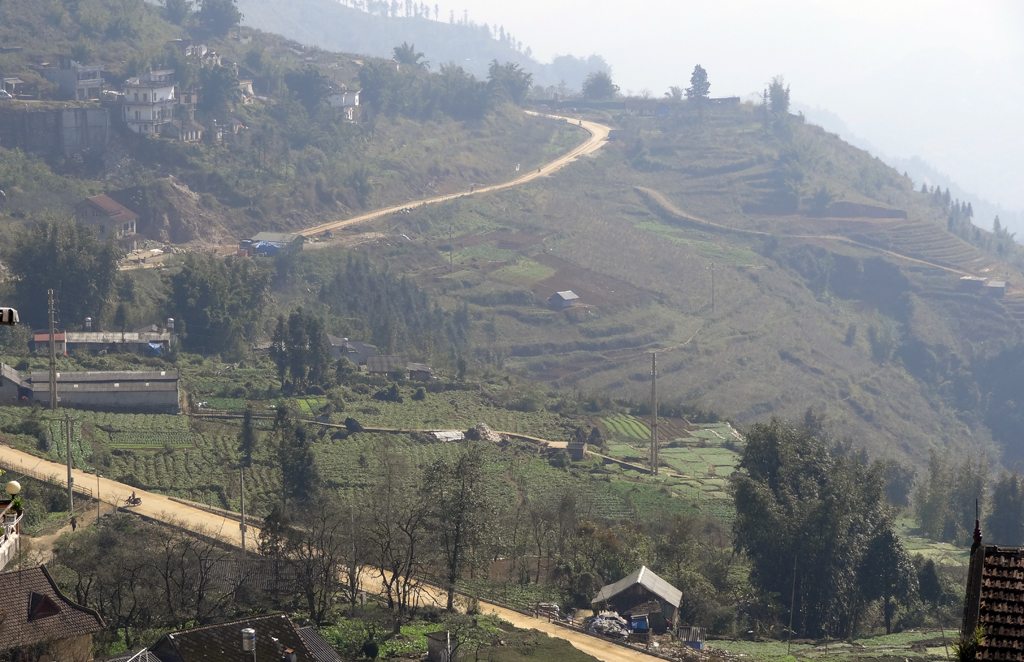
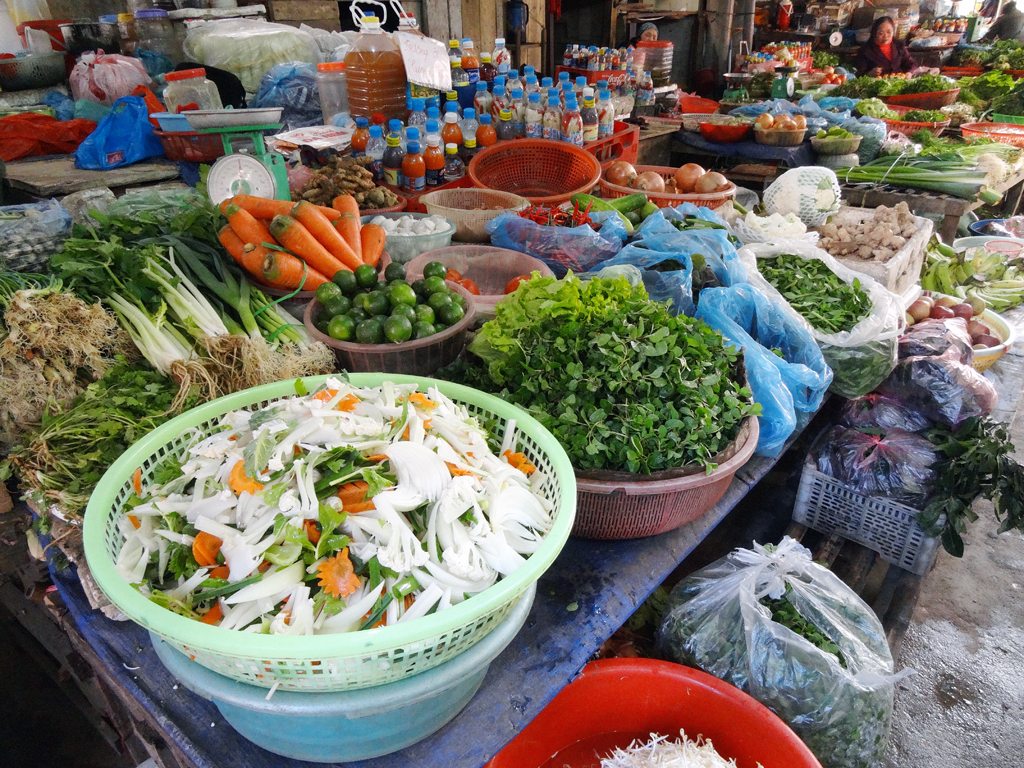
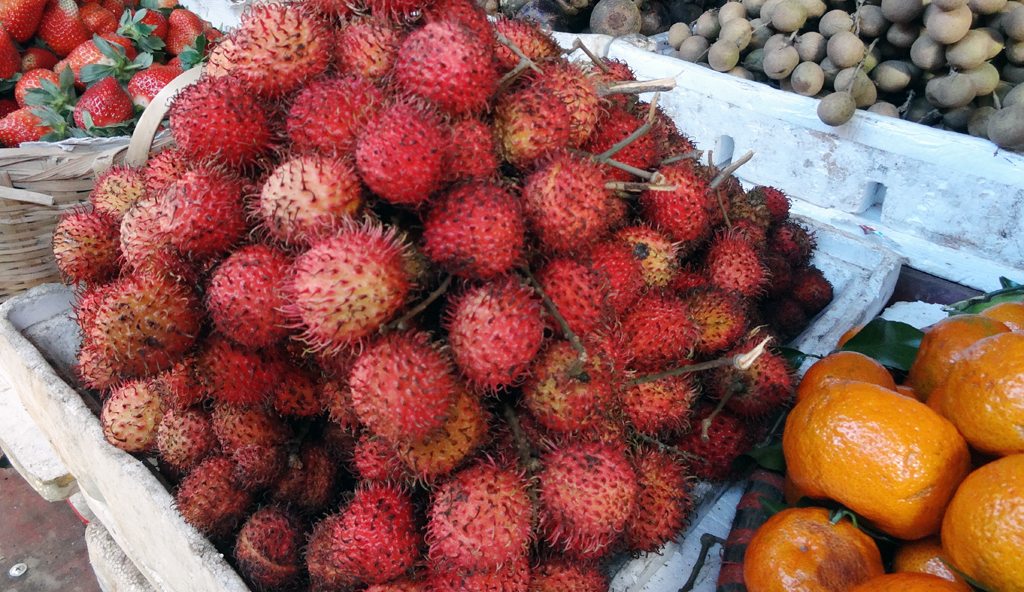
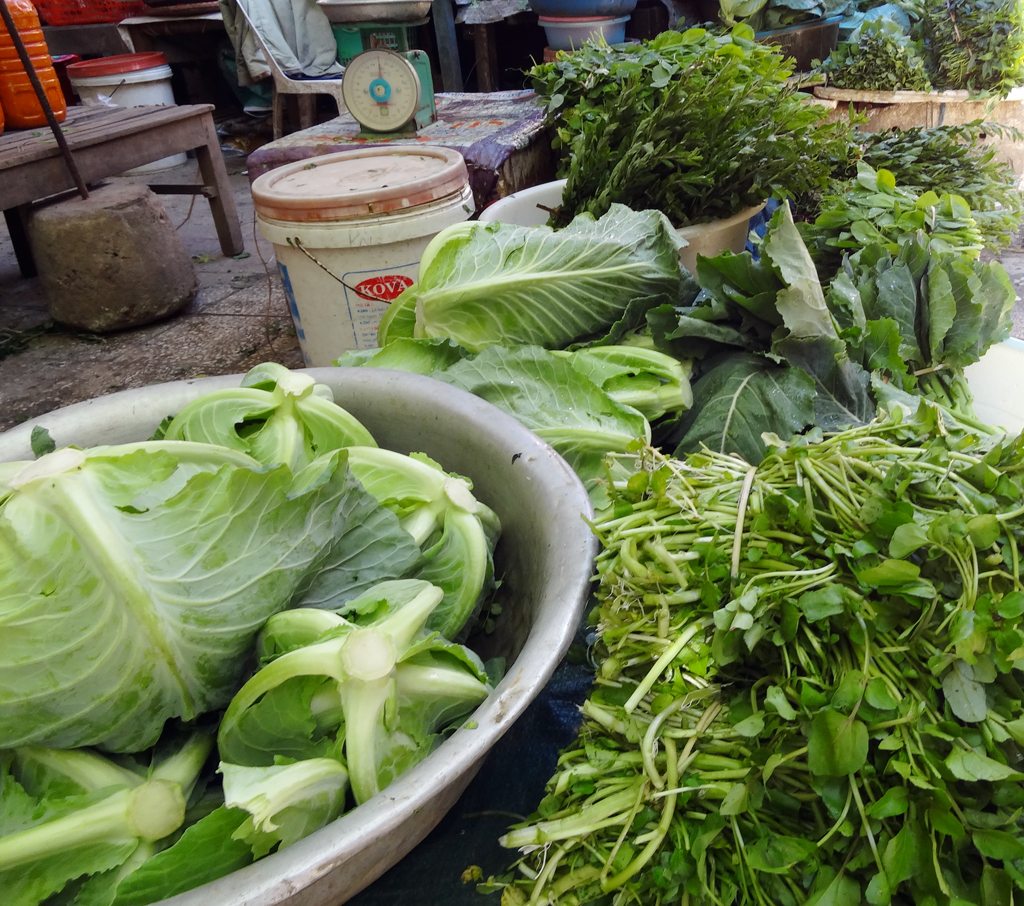
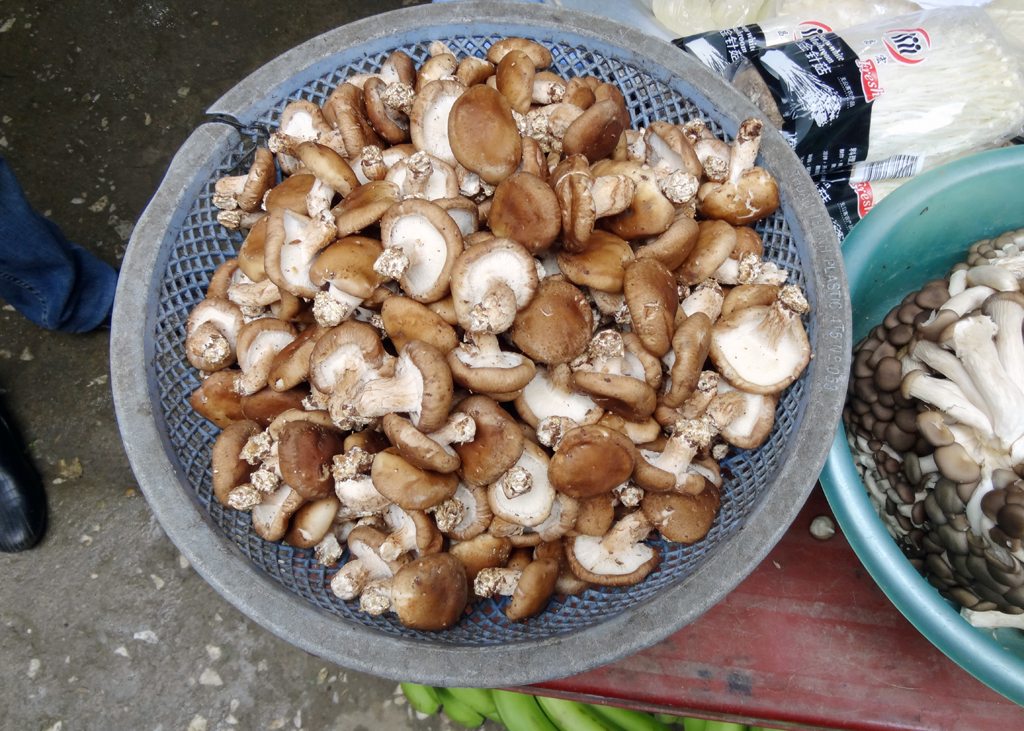
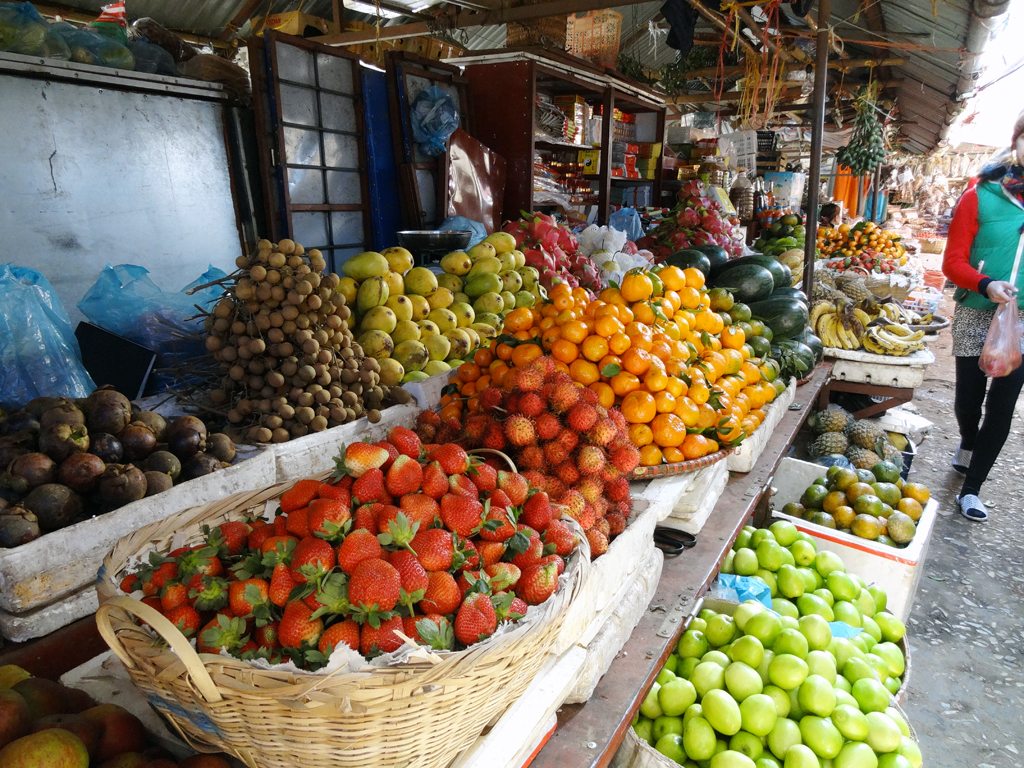
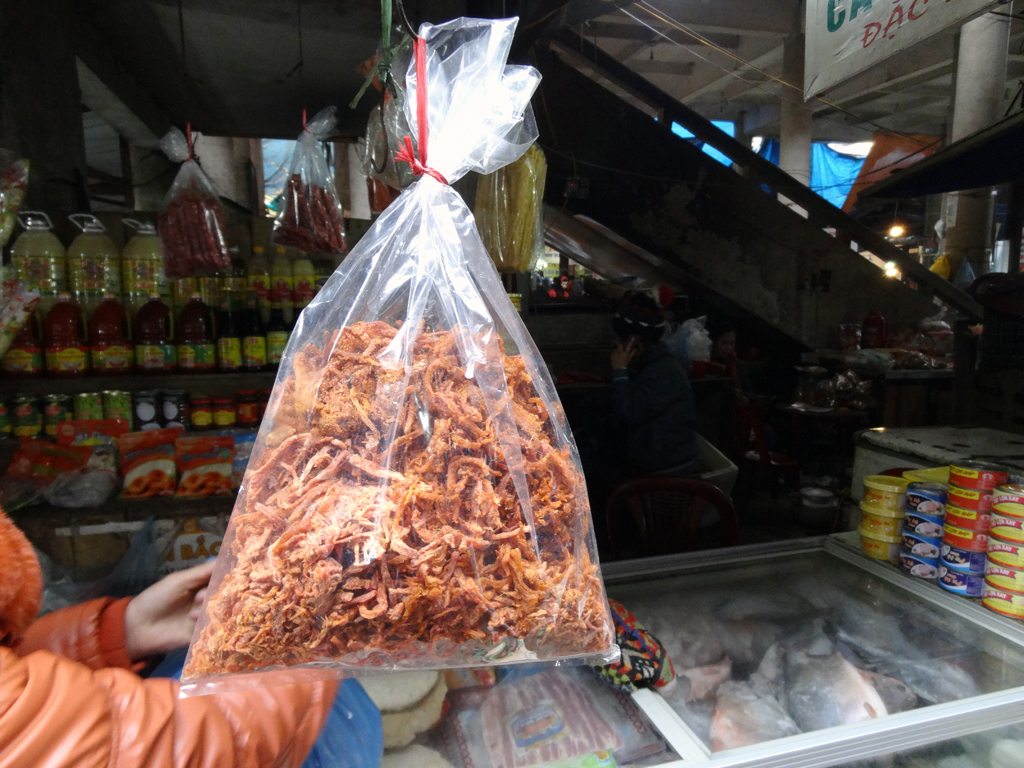
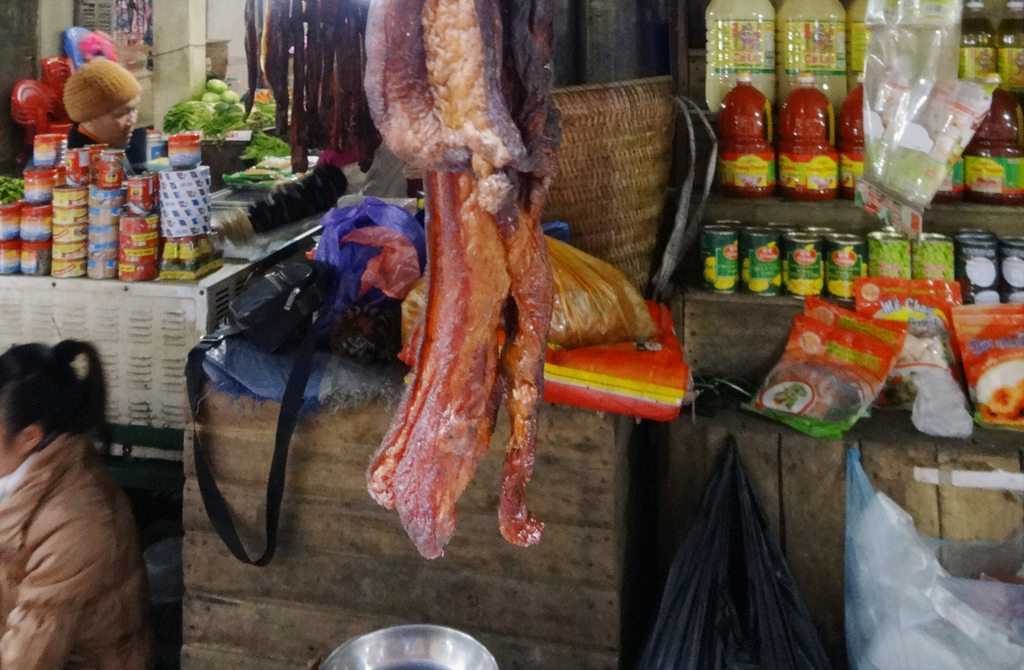
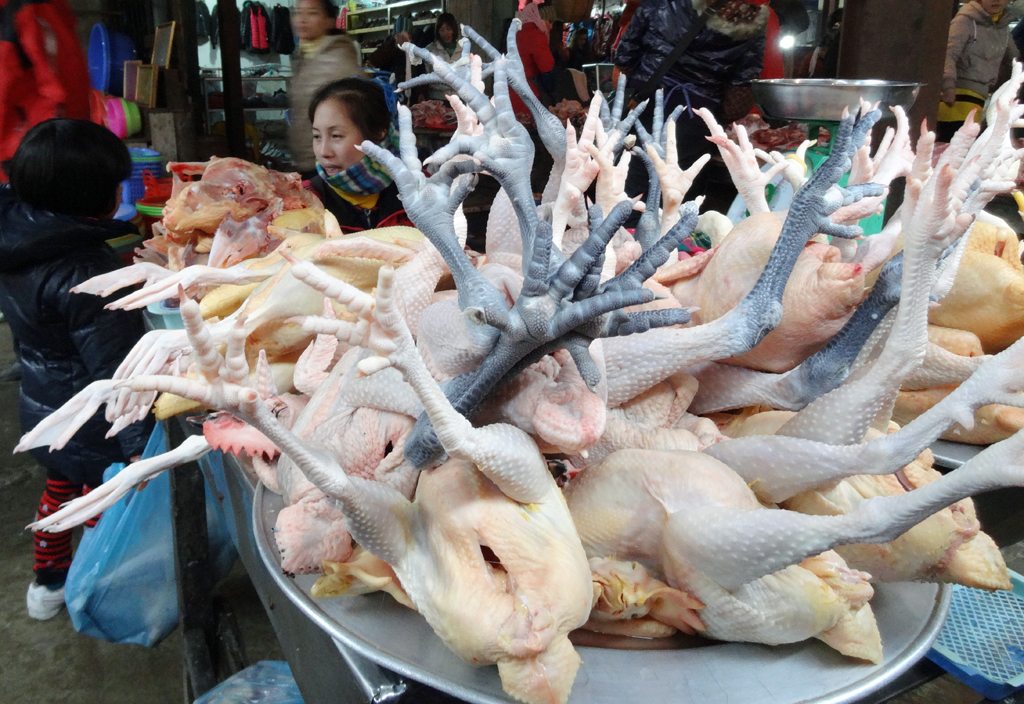
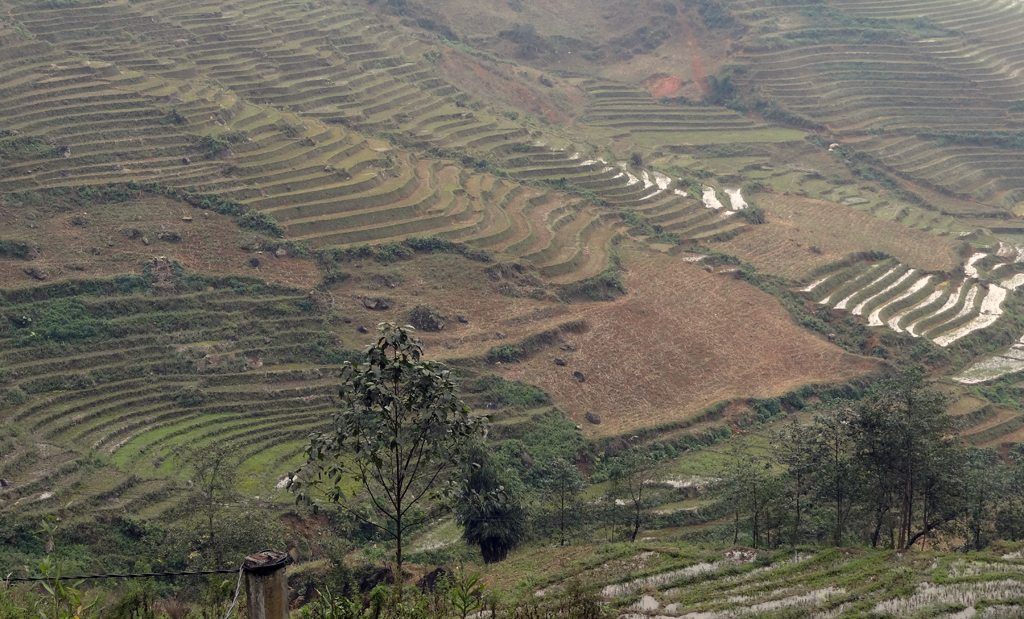
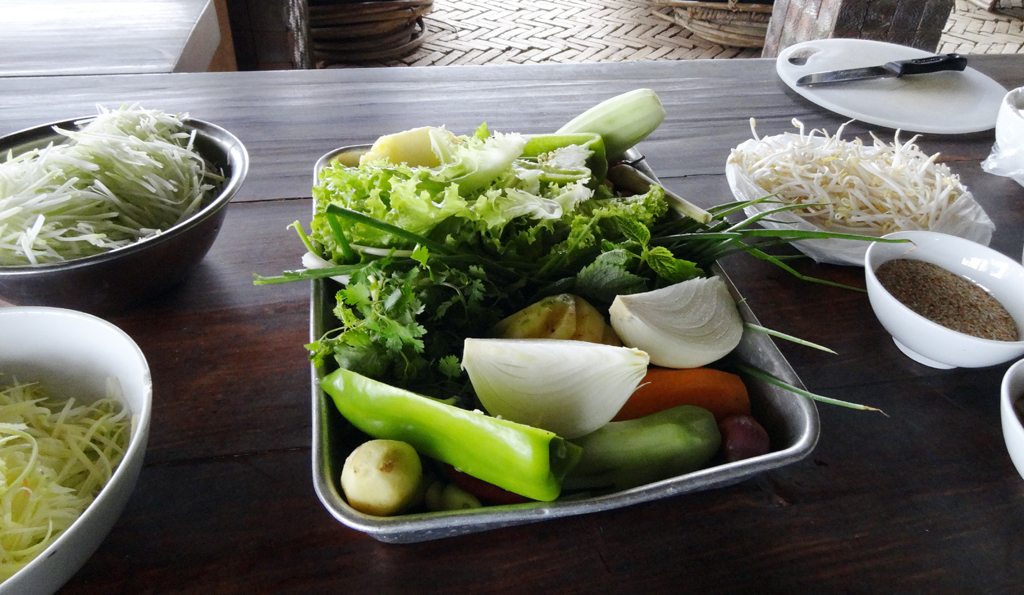
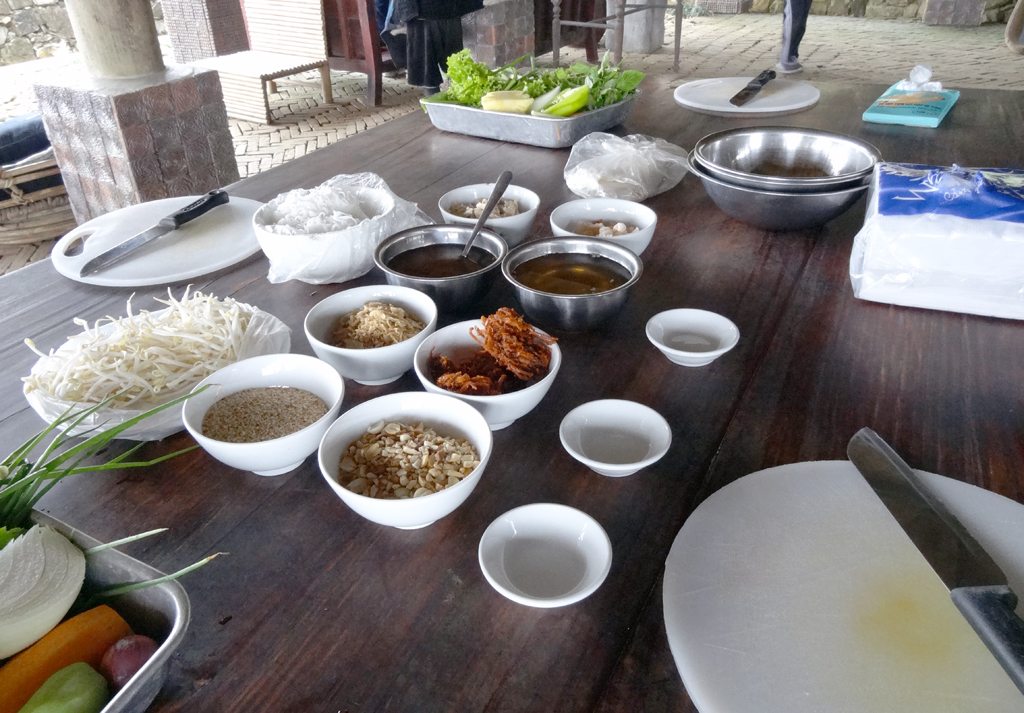
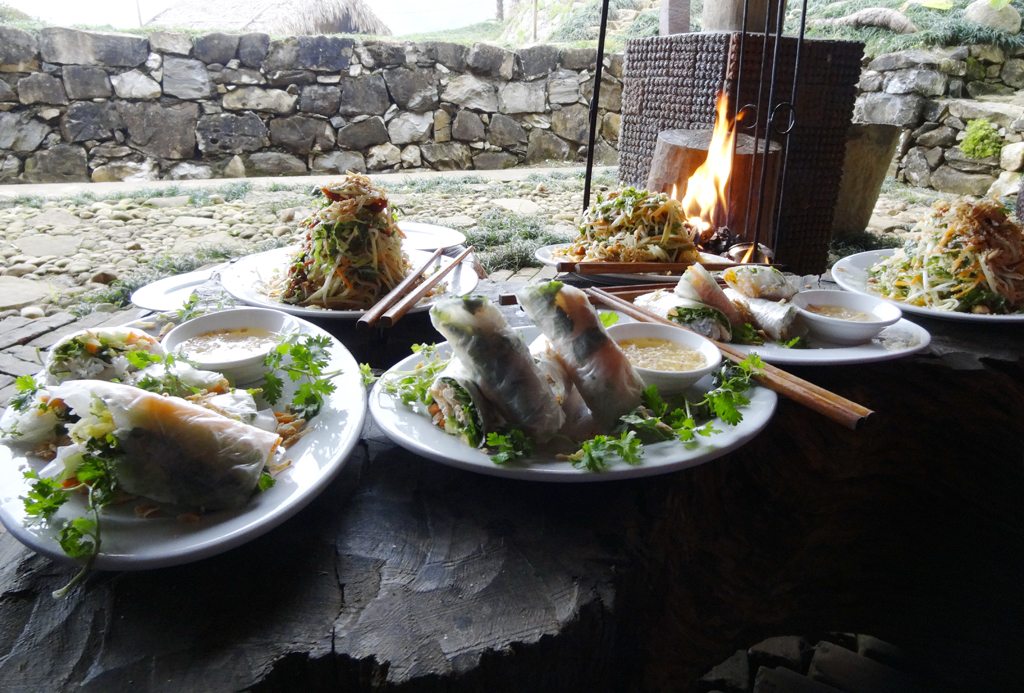
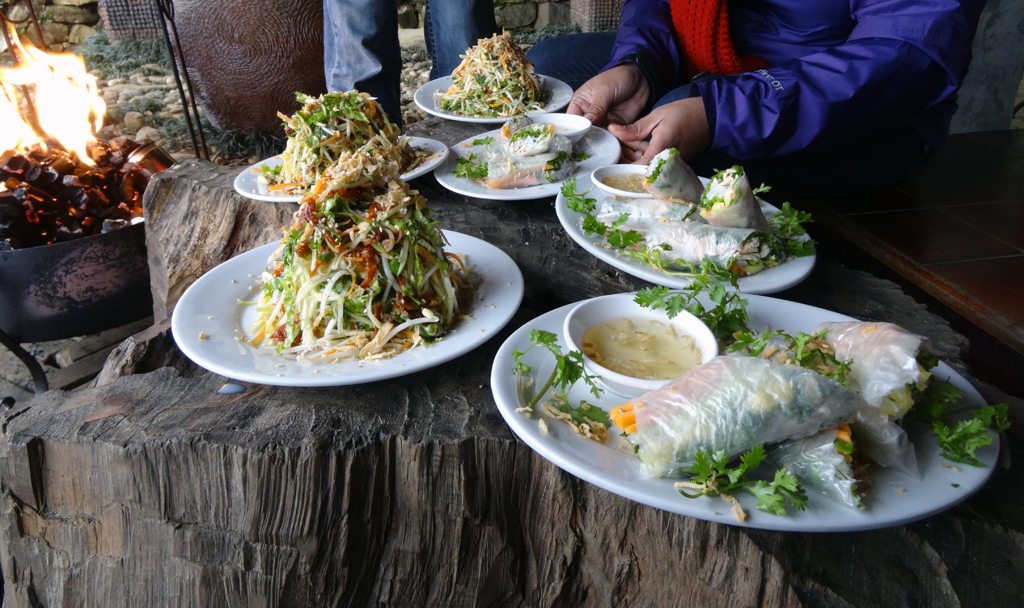


4 comments
Excellent post with great infos! I’m currently in Sapa and I would love to take the same cooking class with my husband. However, I can’t find it on the Internet. Could you give me a contact email address or something to join Cường? Thanks in advance.
Hey, thanks very much for your kind words.
I picked up the cooking class from a place called the Sapa Rooms Boutique Hotel – it’s a hotel on the corner of the mainstay of Sapa – very close to the market; the course was advertised inside the hotel. I hope they are still running it because the location and food were fantastic. I hope this helps and that you’re having a great time in Vietnam – I really can’t wait to go back, especially Sapa.
I think this link is for the same course
http://tet-lifestyle-collection.com/wp-content/uploads/2014/07/2014-Sapa-Cooking-Class-Information.pdf
Yes, that’s the same one – that brings back very fond memories – the Hmong retreat was just idyllic for a cooking class, looking out over the rice fields.